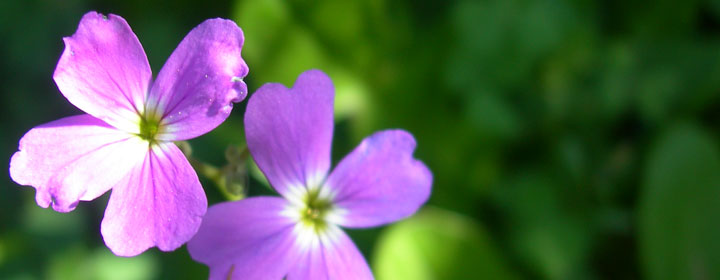
The Botanical Museum of the School of Biology is located on the 8th floor of the building of the School of Biology, at the Laboratory of Systematic Botany and Phytogeography of the Department of Botany, and it hosts more than 30,000 dried plant specimens. It is included in the international list of botanical museums which host botanical collections (Herbaria), and indexed as “TAU” (Thessaloniki Aristotle University). The dried plant specimens, kept in old and new drawers, closets and cabinets, are part of collections from contemporary and old Greek and European researchers who have studied the Greek flora.
Plant specimens are identified based on taxonomy (process under constant revision) and they are stored in drawers, closets and cabinets, classified according to family and species. Besides its scientific (Latin) name, each specimen is accompanied by information including the location and date of its collection, as well as the name of the collector or collectors. The old department of the Botanical Museum hosts broad collections of plant specimens collected in various areas in Greece from 1800 to 1950.
The new department hosts plant specimens collected by contemporary researchers, which are classified thematically, that is, according to the geographical area that the relevant research was or is still carried out (specimens from the Evros Delta, the mountains of Macedonia and Thrace, the area of Thessaloniki and Volos, the Vikos-Aoos National Park, Crete, Mani and Chios). There are also thematic collections which pertain to a plant taxon or taxa collected in various areas in Greece (aromatic plants of the genus Calamintha, Mentha, Origanum, Salvia, Satureja, and Thymus).
Research interest
The collections of the Botanical Museum are a point of reference for researchers who study them in order to compare and classify correctly the plants they collect. Moreover, they provide researchers with information which allows them to compare the present proliferation of plant species with the earliest one, and assess the change in plant diversity, shedding light on species which may face extinction. Type specimens, that is, those specimens to which a taxon name was originally attached, are also of great interest.
Researchers constantly enrich the Botanical Museum with their collections, as 2,000-3,000 specimens are added every year. Taking into consideration the importance of these collections, the Museum has started digitizing its specimens, within the framework of theses submitted by and practical training of students participating in the Graduate Studies Programme entitled “Biodiversity Conservation and Sustainable Exploitation of Native Plants, BNP,” with the aim to publish data electronically and present the Greek flora and its distinctive characteristics to the wider public.

